Chem De Menthe
Cannabinoid THC Dominant
THC 22 - 24%
CBD 1.1 - 1.3%
Effect Euphoric
Side Effect Fatigue
Flavor Nutty
All About Chem De Menthe Weed Strain
THC
CBD
Potency
Chem De Menthe is a cannabis strain, which is characterized by the balanced combination of Indica and Sativa. The exact lineage of the strain is unknown, but we know only one of its powerful parents, which is Kush Mints. THC content is 22 - 24%, which means that this marijuana will suit more experienced smokers. Speaking about CBD content, it is 1.1 - 1.3%.
As for the predominant terpenes in these buds, they are:
- Myrcene
- Pinene
- Limonene
- Phellandrene
- Caryophyllene
- Humulene
Appearance, Aroma, and Flavors
The buds are green and soft. Their inflorescence resembles grapes, covered with long orange hairs and blue-white trichomes.
The taste of the bush is viscous and creamy, which turns into mint and seasoned with notes of hot pepper and hashish. The aroma is expressed in approximately the same shades.
Chem De Menthe Strain Effects
After smoking this weed, the user feels soothing tides of relaxed peace and waves of happiness. The sedative effect nevertheless makes the body light, and the mind smoothly sinks into a misty bliss, where it is warm and comfortable. At the same time, any little reason causes giggling, and music or visual images are filled with colors never seen before.
Be careful with side effects. They may appear as fatigue, slurred speech, concern, headache, and low blood pressure.
Chem De Menthe weed strain effects make it a very nice choice for the treatment of pain, stress, depression, PTSD, inflammation, and muscular dystrophy.
Growing Info
Growing Chem De Menthe strain does not require special frills and is often similar to the cultivation of other strains. After 55 days, the plant will flower, and it will take another five days to enjoy the harvest, which, of course, will be more impressive if you can set aside open ground for cannabis. So, outdoor yield can reach 10 - 15 Oz/plant (~ 400 g/plant), while indoor is 1 - 2 Oz/Ft² (~ 400 g/m 2).
Side Effects
Simply let us know how this strain tastes or write a detailed review.
Chem De Menthe Strain Cannabinoids
| THC | Tetrahydrocannabinol, or THC, is a major cannabis chemical compound. It is a psychoactive element that stimulates dopamine release and induces euphoria or happiness. THC-rich strains may be helpful with such conditions as lack of appetite, chronic pains , etc. It is considered to be the primary active marijuana component. | 22 - 24% |
| CBD | Cannabidiol, or CBD, is a major compound in cannabis, which is non-psychoactive. It is also proved to counteract the side effects of the second major component THC. CBD is widely used for medicinal purposes in rubs, oils and so on. It is helpful in muscle pain cases, may treat arthritis and migraines. Even Greeks used it against pain, while Queen Victoria applied it to get rid of menstrual cramps. | 1.1 - 1.3% |
| CBC | Cannabichromene, or CBC, is a minor cannabinoid, meaning that its quantity in cannabis is quite little. Though it has the same origin as CBD and THC, it is different in functions. Without any psychoactive effects, it is an efficient cannabis compound in combating acne and depression. CBC produces analgesic, antibacterial and anti-inflammatory effects. | 0.25 - 0.25% |
| CBG | Cannabigerol, or CBG, is one of the minor cannabis compounds in adult plants. On the other hand, young ones contain a lot of this antibacterial and anti-inflammatory component. During the growth, CBG is converted into different cannabinoids, mostly THC and CBD. The compound itself increases appetite and decreases eye pressure. | 0.06 - 0.25% |
| CBN | Cannabinol, or CBN, is a trace element in cannabis that is considered to be mildly psychoactive. It appears from oxidation THC, exposed to light and heat. CBN is mostly contained in old cannabis and in traditional hashish. It is effective against insomnia, bacterial infections and appetite loss. | 0.31 - 0.52% |
| THCV | Tetrahydrocannabivarin, or THC-V, is a compound contained in cannabis in trace amounts. Even though it is close to THC molecularly, it is different in effects. This compound may be psychoactive only in large amounts. THC-V reduces blood sugar, controls appetite, stimulates bone growth, etc. African Sativa strains are the richest in THC-V. | 0.13 - 0.41% |
Chem De Menthe Terpene Profile
| Carene | Carene (also known as Delta-3 carene) is a terpene found in rosemary, lemons, pines, and cedars, offering citrusy and cypress aroma. Studies on mice showed that carene provides anti-inflammatory effects, as well as promotes bone health and chronic pain relief. | 0.03% |
| Pinene | Pinene is one of the most widespread terpenes in nature, found in pine trees, basil, nutmeg, parsley, and rosemary. Cannabis containing terpene (alpha-pinene or α-pinene) boasts a strong pine scent. Pinene is responsible for anti-inflammatory, pain-relieving, and anti-anxiety effects. | 0.14% |
| Myrcene | Myrcene (also known as β-myrcene) is one of the most common terpenes found in cannabis, representing more than 20% of the modern marijuana terpene profile. Myrcene has a distinct earthy, musky flavor, resembling cloves. It is responsible for calming and soothing effects of weed. Myrcene is also found in hops, thyme, mango, lemongrass, guava melon. | 0.19% |
| Humulene | Humulene (also known as α-humulene) is one of the major terpenes found in cannabis, contributing to woody, earthy, spicy, herbaceous, and, mainly, floral aromas of cannabis. Used in modern medicine, humulene offers anti-inflammatory, antibacterial, and appetite suppressant effects, which have been well-researched by pharmaceutical companies. | 0.1% |
| Limonene | Limonene (also known as d-limonene) is the second most common terpene in nature and the third most common terpene in cannabis. It has a powerful citrus aroma and can be found in all citruses, including lemons, oranges, grapefruits, limes, juniper, etc. Limonene is known to elevate moods and provide anxiety, depression, and stress relief. | 0.14% |
| Linalool | Linalool (also known as beta linalool, linalyl alcohol, linaloyl oxide, and p-linalool) is one of the rarest terpenes found in cannabis, mostly in small quantities. Linalool is known for its spicy and lavender aroma, bringing relaxation and calming effects. It is also said to provide anti-inflammatory and analgesic properties that can be useful for athletes. | 0.1% |
| Sabinene | Sabinene is a terpene with a peppery, spicy, citrusy, and piney aroma, presented in Norway spruce, Holm oak trees, black pepper, cardamom, and carrot seeds. Found in cannabis in small quantities. Allegedly, sabinene has anti-inflammatory and antimicrobial properties. | 0.05% |
| Valencene | Valencene is a terpene that got its name from Valencia oranges - a fruit where It's initially found. Valencene offers citrusy, sweet aromas, with flavors having notes of oranges, grapefruits, tangerines, and, occasionally, fresh herbs or freshly cut wood. Citrus aromas, frequently found in a wide variety of cannabis strains, are contributed to by valencene, which is known for anti-inflammatory and insect repelling properties. | 0.01% |
| Terpinolene | Terpinolene is one of the most common terpenes found in cannabis; however, It's usually presented in small quantities. Is responsible for piney, floral, herbaceous, and even a little bit citrusy aroma of cannabis. Terpinolene can be found in lilacs, nutmeg, and cumin. In cannabis, terpinolene contributes to the sensation of "freshness." Has the potential to reduce the risk of heart diseases. | 0.01% |
| Phellandrene | Phellandrene (also known as alpha- and beta-phellandrene) is one of the rare terpenes found in cannabis with antihyperalgesic and antidepressive properties. Phellandrene contributes to a minty, woody, and mildly citrus aroma in cannabis. Previously confused with limonene and pinene, phellandrene was eventually distinguished as a separate terpene common for eucalyptus. Also, it could be found in mint, dill, black pepper, cinnamon, parsley, pine, and lavender. | 0.12% |
| Caryophyllene | Caryophyllene (also known as beta or b caryophyllene) is a terpene found in many herbs and spices, such as black pepper, basil, rosemary, and oregano. Cannabis high in caryophyllene delivers a strong spicy, peppery aroma, resembling cinnamon and cloves. Caryophyllene offers potent anti-inflammatory and sedative effects. | 0.11% |
| Total terpenes content | 1.00% |
Growing Info
Similar Strains
THC 17.67 - 20.33%
CBD 0.34 - 0.81%
Effect Sleepy
Flavor Pungent
THC 18 - 20%
CBD 0.08 - 0.29%
Effect Giggly
Flavor Apricot
THC 15.25 - 17.25%
CBD 0.34 - 0.62%
Effect Uplifted
Flavor Sweet
THC 15.5 - 18.5%
CBD 0.16 - 0.77%
Effect Euphoric
Flavor Tea
THC 18 - 20%
CBD 0.31 - 0.62%
Effect Happy
Flavor Orange
THC 21 - 25%
CBD 0.08 - 0.97%
Effect Focused
Flavor Lime
THC 16.5 - 20.25%
CBD 0.39 - 0.66%
Effect Giggly
Flavor Berry

THC 20.3 - 22.47%
CBD 10.08 - 4.33%
Effect Happy
Flavor Citrus
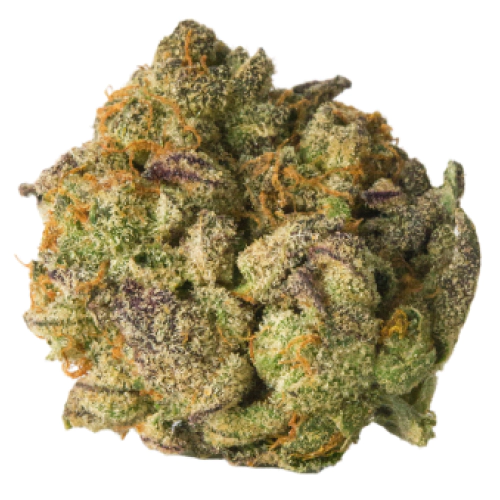
THC 14 - 17.75%
CBD 0.5 - 0.86%
Effect Euphoric
Flavor Sweet
THC 11 - 12%
CBD 0.01 - 0.5%
Effect Concentrated
Flavor Pine
THC 21 - 25%
CBD 0.37 - 0.49%
Effect Talkative
Flavor Nutty
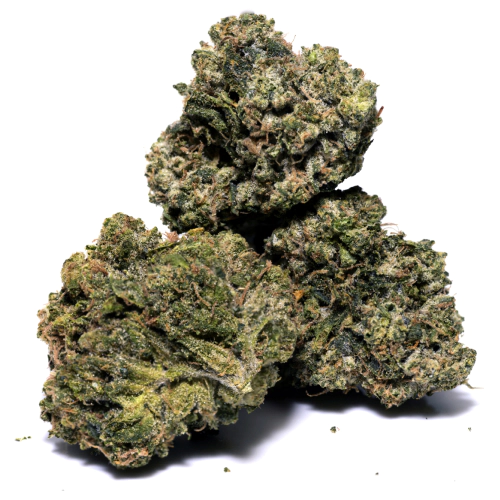
THC 21 - 23%
CBD 0.4 - 0.63%
Effect Tingly
Flavor Woody
THC 18.5 - 25%
CBD 0.22 - 0.55%
Effect Uplifted
Flavor Nutty
THC 18.4 - 21.2%
CBD 0.21 - 0.59%
Effect Tingly
Flavor Sweet
THC 1.25 - 2%
CBD 0.01 - 0.14%
Effect Giggly
Flavor Mint
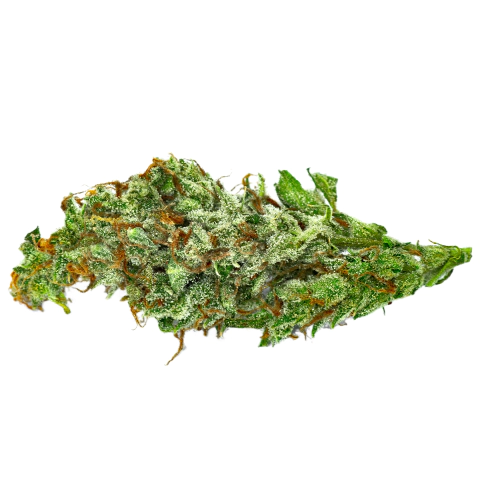
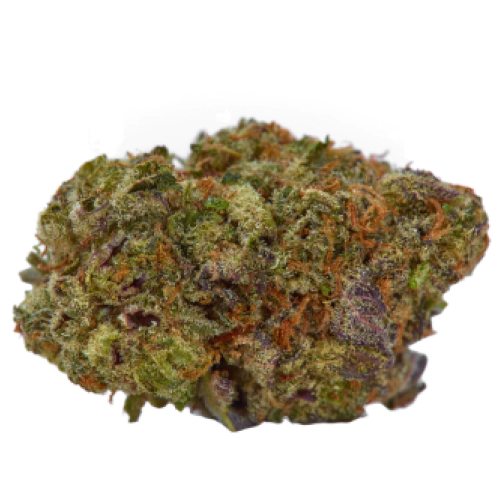

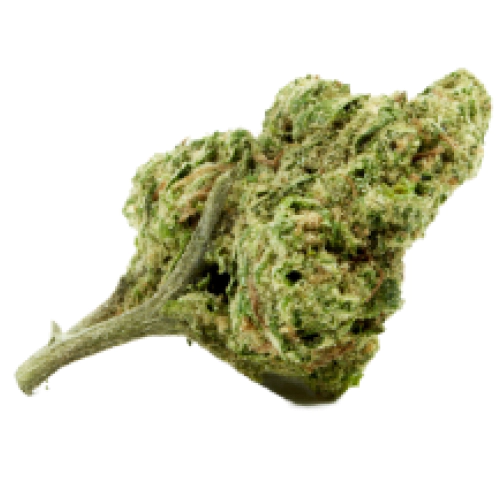
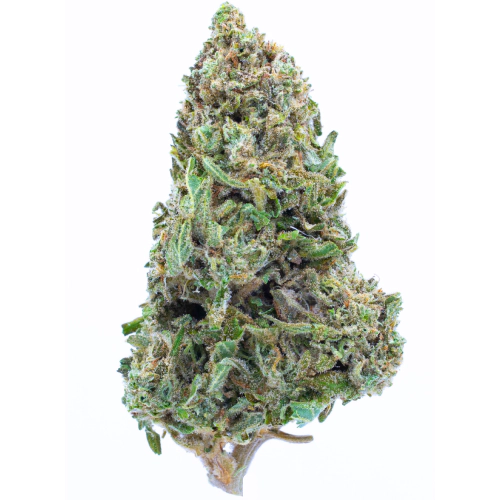
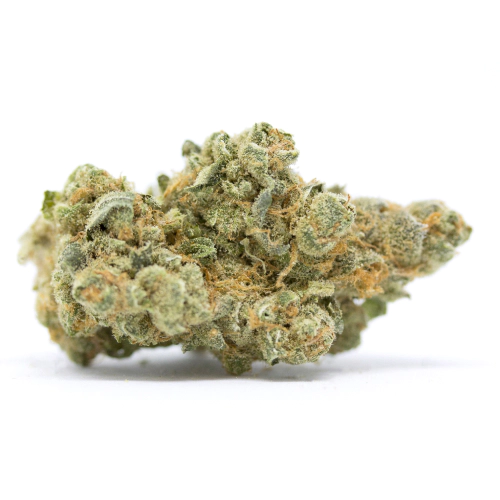
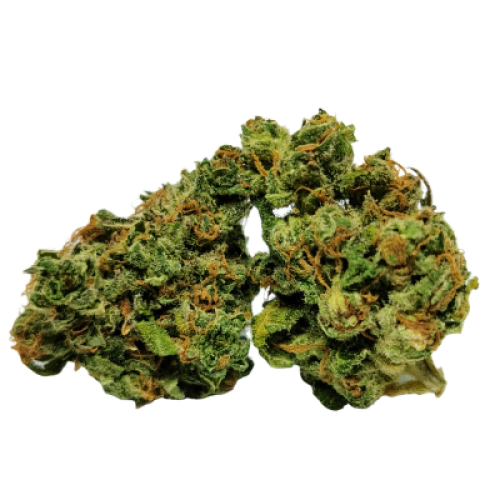
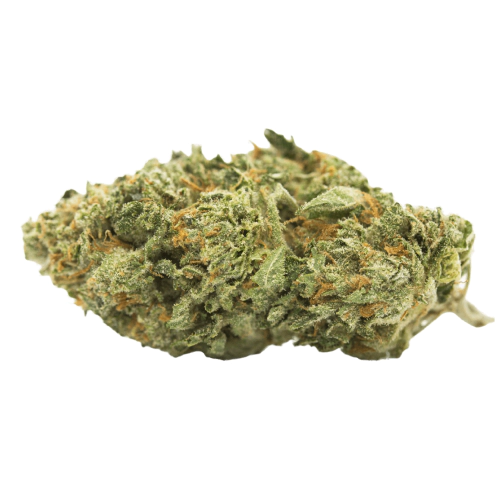
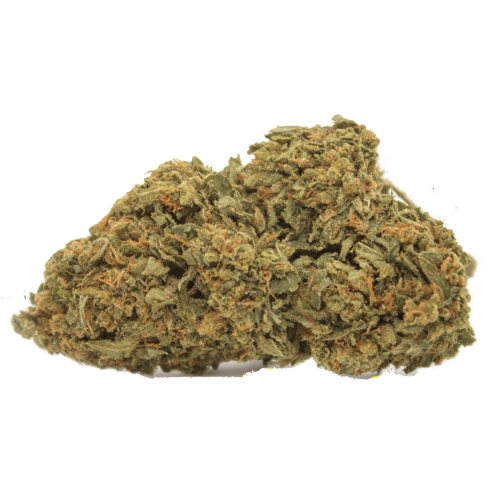
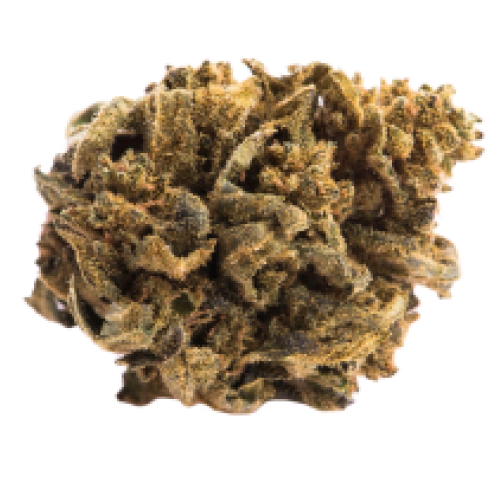
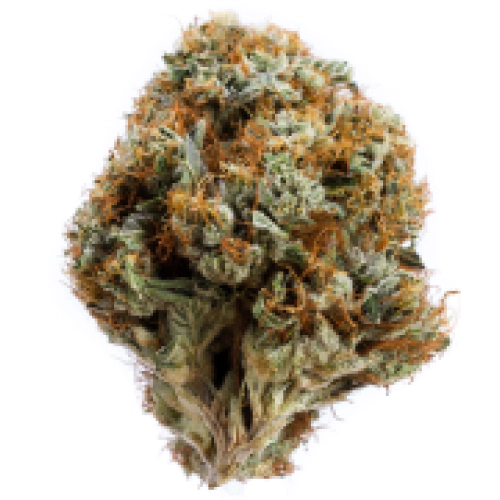
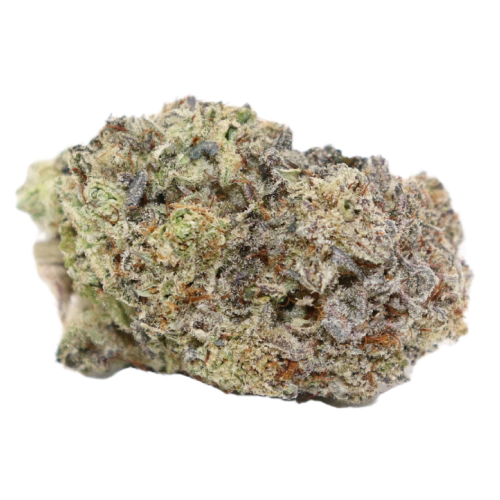
Be the first and share your opinion
Write a Review